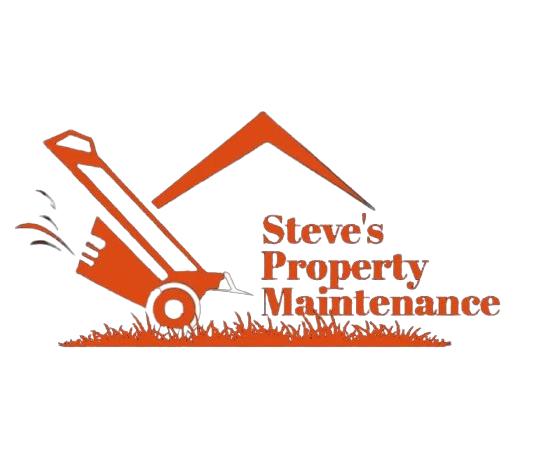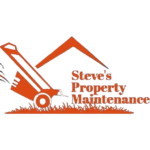Gardening rules change with USDA zones in 2023. Gardeners see new zones and ask, "Do these zones help?" The USDA zones use the lowest winter temperatures. This rule gives a start but may hold you back from a full garden plan. Here are tips to work with the new zones and boost your garden.
Knowing Plant Hardiness Zones
Plant zones show the coldest yearly temperatures. A gardener in San Diego finds Zone 10B means winter lows between 35°F and 40°F. This rule only sets a base. The zone rule does not include other points such as warm summer days, rain, or small climate pockets.
The New Update
The USDA map now uses over 13,000 weather points instead of 8,000. This change makes a closer look at local weather. Some areas moved up by half or one full zone. A new label does not cover small local shifts that can change plant life.
The Role of Microclimates
A small climate in one spot writes its own weather story and may not match the overall zone. This small climate comes from walls that keep heat, differences in height, or water and trees that change air.
See two gardens in one zone. One garden sits under big trees with soft light. The other basks in the sun. The dark garden may not grow the same plants as the sunny plot. Knowing these small shifts is key.
How You Can Change Microclimates
Watch your garden and try these steps:
- Use nearby walls. Walls can keep heat. Plant near a wall that faces south or west. The extra warmth helps plants that need heat.
- Change how you water. Some plants need more wet soil. Drip systems or a thick layer of mulch help keep water close.
- Pick the best plants. Choose plants that match the light your garden gets. If a spot has little sun, pick plants that work in shade.
- Check your soil. Feel if your soil holds water or drains fast. Soil checks help you plant more wisely.
- Try and watch. Test different plants, garden spots, and care tips. Watch how each plant grows and pick what works.
A Full Garden Look
The new USDA zones matter but do not cover everything in your garden. Use these zones alongside your own tests, weather study, and small climate checks. Count on more than one rule to boost your garden. Studying your local weather, small climate spots, soil needs, and water flow helps your garden grow best.
Conclusion
The updated USDA zones bring a new start. They remind gardeners that when you know your own plot well, you win. Study your spot, notice the small changes, and fit your garden work to your place. Mix the USDA guide with your own care steps and grow a garden that fits your unique space. Happy gardening!
About Steve’s Property Maintenance
Steve’s Property Maintenance is a trusted lawn care and landscaping service provider dedicated to keeping properties in top condition across New London County, Connecticut. With a reputation for reliability, attention to detail, and top-quality service, we specialize in lawn care, yard maintenance, landscaping, power washing, and more. Our team is committed to delivering lush, healthy lawns and pristine outdoor spaces for both residential and commercial clients.
📍 Serving: Norwich, Preston, Groton, Stonington, Waterford, Mystic, and surrounding areas.
📞 Contact us at +1 (860) 847-3441 for a free quote and let us take care of your lawn care needs!

